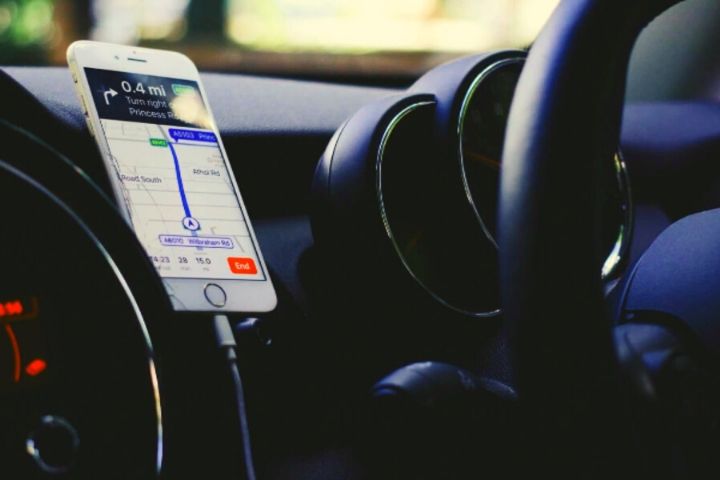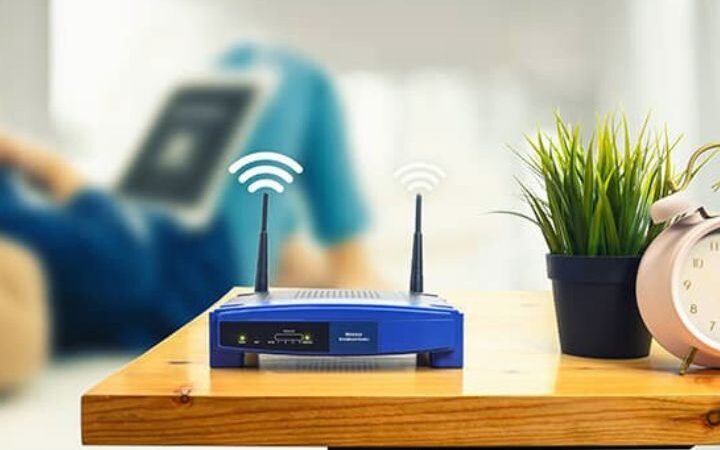Adding GPS Tracking To Your Fleet? Here’s A Guide To An Easy Setup

Managing a transport business is no child’s play. One needs to be completely dedicated and keep a minute-by-minute check on the position of the vehicle to ensure comfortable transportation for passengers or an efficient transfer of goods. Now, manually being on constant contact with your drivers is a difficult task.
The situation becomes more challenging when it is hundreds of your vehicles plying on different routes. To ensure that you remain in control through such challenging times, opt for the installation of vehicle tracking technological tools on all your vehicles.
With the latest technological aids such as that of the dual dash cam, you will be able to supervise your transport fleet in a much more effective manner.
Table of Contents
Tackling Real-World Problems With GPS Fleet Tracking System
GPS comes with driver identification add-ons, speed collector, detour identifier, and other factors that will help you ensure that your vehicle is being used and maintained to your liking.
With a GPS tracking system, you can automate the entire compliance process, thereby saving your organization a considerable number of man-hours. This reduces the downtime required to carry out a task and thus improves the performance of your organization.
It may not always be feasible to keep a transport vehicle under 24-hour surveillance. With a GPS tracking system, your truck or transport lorry can be protected from vandalism or unauthorized use at the simple click of a button.
A GPS-based tracking system does away with the need for frequent phone calls and paperwork, thereby saving you from unnecessary expenses. Several insurance service providers offer a discount on the insurance premiums of vehicle fleets that are GPS tracked.
Installing A GPS-Based Tracking System In Your Vehicle
Now that you are aware of the advantages of having GPS tracking to your fleet of vehicles, the next major step is finding out how you can go about with their installation. From a broad perspective, a GPS-based tracking system may be classified as Hardwired, OBD-II, and Portable systems.
Hardwired Tracking System
The GPS tracking devices that derives its power from the vehicle itself are the hardwired tracking systems. Ideally, the device should be in a place where it can function adequately yet remain hidden from the prying eyes of miscreants. The GPS tracker should not be covered by a metallic surface, as GPS signals cannot penetrate through them.
Most business owners prefer placing GPS devices below the dashboard. While this does an excellent job at concealing, it may not be feasible for all types of devices such as video recorders or any form of truck camera.
Once you have figured out the placement of the hardwired device, make sure to use a zip-tie to securely tie the transceiver and protect it from falling off during bumpy rides.
Connect the red wire on the GPS tracking tool to the 12volt DC power source. The white wire needs to be connected to the ignition or accessory wire of your vehicle. The last step of the installation process entails linking the ground wire of your GPS device to the ground wire of the truck.
A vehicle has multiple points from where you can draw the power for your GPS tracking device. However, try to avoid taking power from your vehicle radio. The ignition column is the cleanest power source as this receives constant ignition.
Also, take special care to ensure that during setup, any of the three wires should not get attached to the airbag. This will compromise your overall vehicular safety.
OBD-II Port
The OBD-II port is a diagnostic port that is found in all vehicles manufactured after 1996. Today, several GPS-based tracking devices come in the OBD-II format wherein you just have to locate the port (it is usually on the left near the door on the left of the clutch) and push the tracking device in the port.
This is a great source of power for the tracking device, and its placement is efficient in hiding your tracking device from common sight.
Portable Tracking System
Portable GPS-based vehicle tracking systems are becoming increasingly popular. These come with a dedicated power source and do not depend on the vehicle for their functioning or maintenance. The process of installation and setup is much simpler here.
There are a host of portable GPS-based tracking devices, and most of these come with a dedicated magnet-resistant case that is made of a highly endurable material. Start the setup process by placing the batteries in their dedicated slots. Next place the GPS device in its case and turn that on. As far as possible, keep the device in a non-obvious place in the vehicle.
Testing The GPS-Based Tracking System
Now that you have installed the GPS-based tracking system, the next major step is to test the device to see if it is functioning in the manner it was designed to. This is a simple step, and all that you need to do is take your vehicle out for a drive. Make manual notes on your speed, stop timings, route, and other details.
Once you complete the trip, compare the data collected by the GPS tracking tool with your manual notes. If you identify any discrepancies, reach out to the tracking device manufacturer for further help. Chances are the data will match, which is a clear indication of the successful setup and good working condition of the device.
As a final step, once your drive is completed, check the position of your tracking device. If you find it to have shifted, use tape to secure it firmly.
In Closing
At the end of the day, it is essential to realize that at the heart of any business lies the idea of meeting the needs and expectations of the customer. With GPS tracking systems enabled on their fleet of vehicles, transport businesses can set a higher benchmark in terms of punctual and efficient service. This makes customers come back to them repeatedly and enable their business to grow exponentially.
If you want your transport business to tread on such a successful path, then wait no further. Get a GPS tracking system installed in all vehicles in your fleet and sit back and enjoy the benefits of the same.






